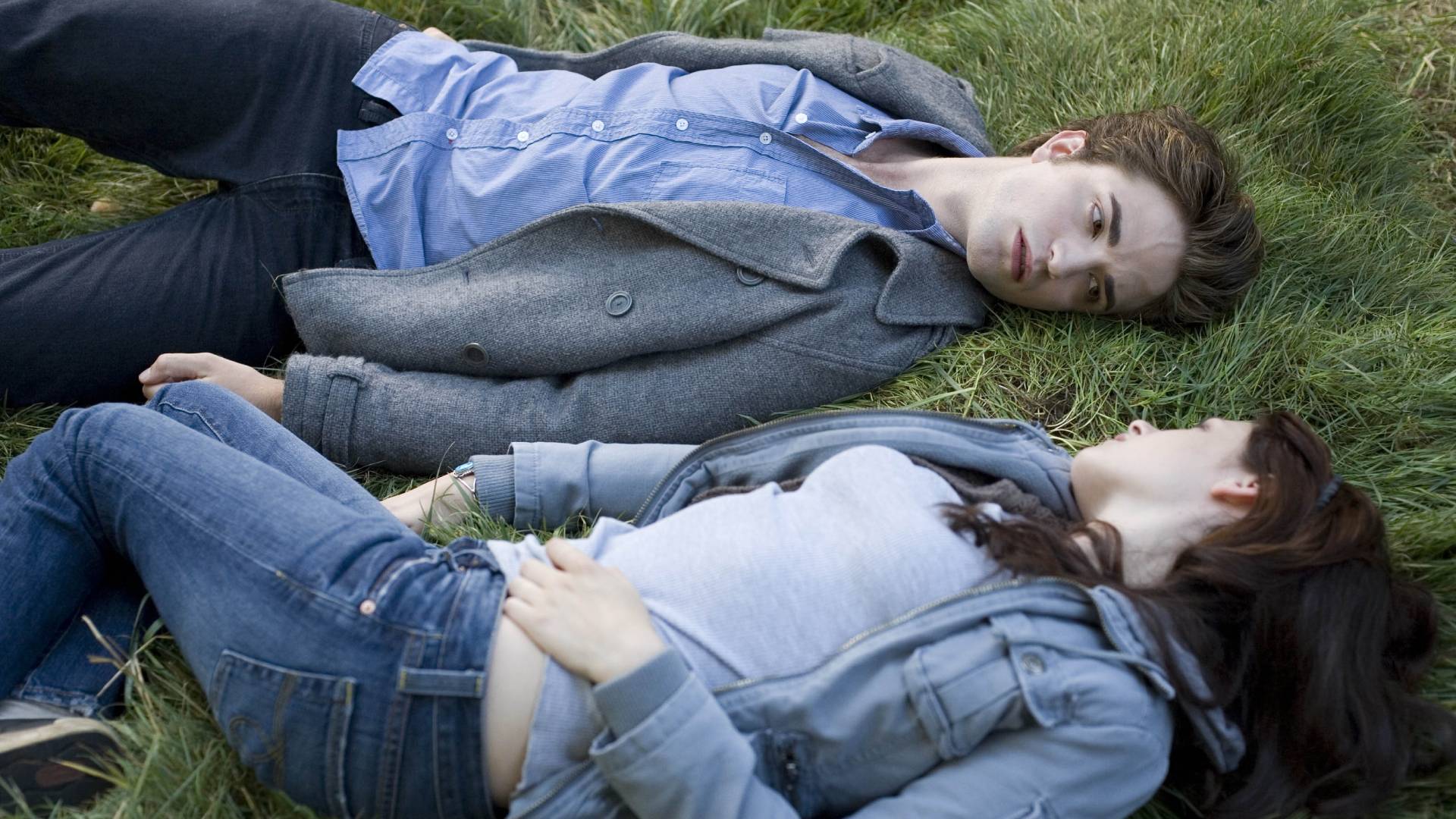
"I don’t think any of us were aware of how crazy it would be – in fact, we definitely weren’t," says filmmaker Catherine Hardwicke, reflecting on the whirlwind aftermath of her 2008 megahit Twilight and the impact it had on her and her young leads. "Before we shot, I went to a book reading with author Stephenie Meyer and there was a big crowd. When she said the name 'Edward' people started screaming at the top of their lungs like they’d seen The Beatles," she laughs. "I thought, 'Oh, my God. She just said the character’s name. Wait until these fans actually see a person playing this guy. It’s going to be out of control.'"
She’s not far off the mark. Released 15 years ago, Hardwicke’s fourth film not only launched a hugely successful movie franchise, it ignited the pop-culture zeitgeist and birthed the 'Young Adult' boom. Based on Meyer’s eponymous book series, Twilight followed Bella Swan (Kristen Stewart), a shy 17-year-old who moves to the permanently overcast town of Forks in Washington state. During her first day at her new high school, a mysteriously pale stranger named Edward Cullen (Robert Pattinson) catches her eye and soon the pair fall head-over-heels for each other.
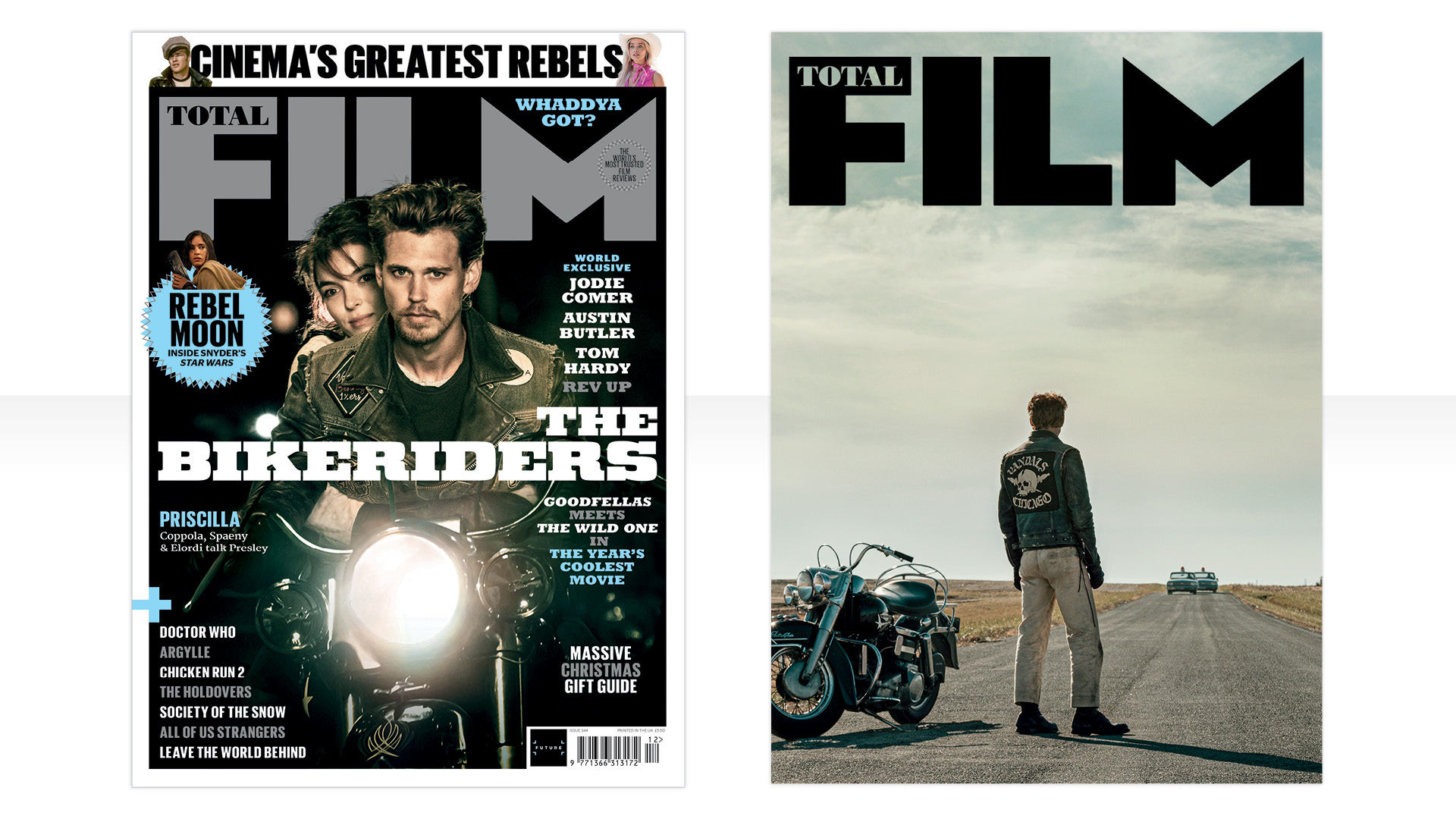
This feature first appeared in Bikeriders issue of Total Film magazine - Subscribe here to save on the cover price, get exclusive covers, and have it delivered to your door or device every month.
However, like all good love stories, there’s a catch: it turns out Edward’s a 108-year-old vampire who was turned into the undead nearly a century earlier, and his forbidden love with a mortal sparks chaos between his brood and a rival clan. With trouble brewing fast, before the pair even have time to sink their teeth into their blossoming romance, a trio of dangerous neck-biters threatens to tear them apart - in this case, literally.
It’s hard to remember a time when the Twilight Saga wasn’t ubiquitous. Back in the mid-noughties, Meyer’s novels had already gathered a fierce online fanbase that was avidly nurtured by its creator. Thanks to Hardwicke’s adaptation, audiences worldwide were treated to even more teen-focused fare, with films like The Hunger Games and the Divergent series popping up in its wake - but initially, this subgenre took everyone off guard, especially Hollywood. "Nobody knew it was going to be this giant franchise or crazy hit," Hardwicke tells Total Film. "It had been rejected by all of the other studios. Nobody thought it’d do any business so I had some autonomy where I was able to put my own sensibility into it," she explains. "We were left alone."
By flying under the radar, Hardwicke – who cut her teeth making gritty indies like 2003’s coming-of-age drama Thirteen and 2005’s skate-scene film Lords of Dogtown – was able to infuse her take on the story with the same raw emotion that made her such a potent filmmaking voice. As it transpired, it was this key ingredient that Meyer’s highly emotive fantasy desperately needed during the film’s early scriptwriting process. "After reading the first script they sent me, I literally went into my meeting with the studio, dropped it in the trash and said, 'You cannot make this script,'" says Hardwicke, recalling her first encounter with Twilight. "Bella was a superstar athlete. She wasn’t awkward and relatable like she was in the book and she also ended up with FBI agents zipping around on jet skis chasing after her. I was like: 'This has to go. We have to go back to the essence of the book.'"
A fresh start
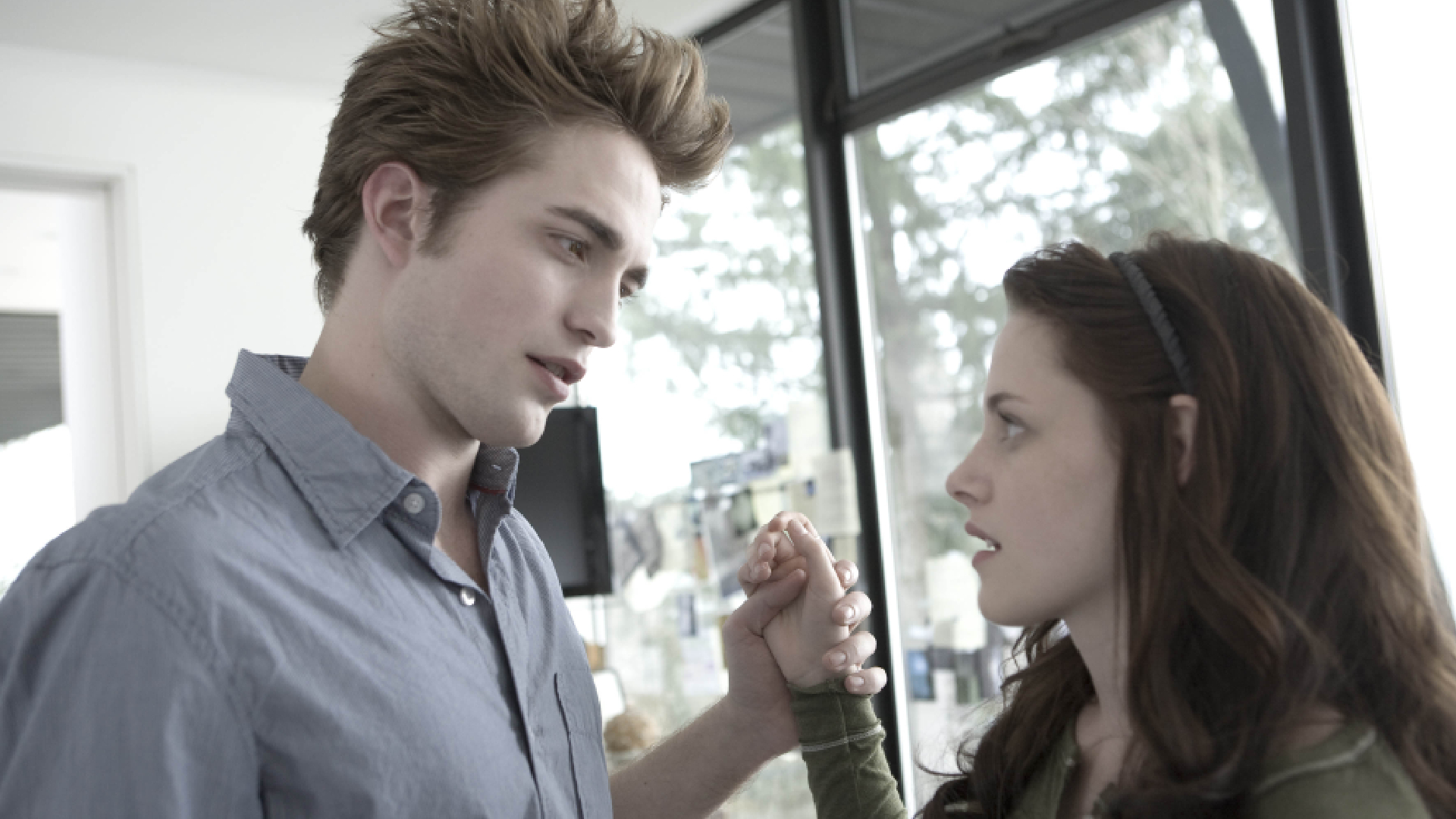
After Hardwicke was ultimately hired, she recruited Dexter screenwriter Melissa Rosenberg to retool the script focusing on the things she felt were most important. "None of the executives had read the book," she reveals. "I told them: 'It’s got to be more about this longing for love and the first time you’ve ever fallen in love with somebody; that ecstatic, dangerous and radical feeling.' The writer got it in the book but I wanted to see if I could get it on the screen. We dropped the original script in the trash and wrote a new one."
With a vocal online fanbase busy discussing what they thought a Twilight movie should look like, Hardwicke listened to their input but knew when and where to draw the line. "I was trying to make sure that the fans wouldn’t freak out, the best that I could," she admits. "Of course, I’d read the online comments about the scenes people absolutely loved and the lines they had tattooed on their arms and I would think, 'I’ve got to do these scenes justice. I’ve got to make them wonderful so if you loved it in the book, you’re going to love it on screen, too.'"
This fan-creator dynamic came into play in a more useful way during filming but before that could happen, it was somewhat of a hurdle during the casting process. With many fans having already cast the lead roles of Hardwicke’s movie in their minds, scouting the right stars was a tricky task.
"Finding Kristen and Rob was certainly a great challenge," remembers Hardwicke. "The fans wanted Emily Browning to [play Bella]. I met with Emily but at that time her head wasn’t in the right place to commit to the series. She had just had a weird experience on another movie so I knew they weren’t going to get that exact actress that they wanted," she says. "They were thinking Henry Cavill [for Edward], too, but he was really too old to play a 17-year-old in high school [Cavill was in his mid-20s at the time] so I knew you couldn’t really do what the fans wanted."
Hardwicke found her Bella after seeing Stewart in 2007’s drama Into the Wild, but identifying her Edward was harder. "Edward was this amazing creature that’s lived almost 100 years. He’s mysterious and Byron-esque, so how do you find this kid? Most of the guys that auditioned looked like a cute guy in your high school and that didn’t take it to the level of mystery, intrigue, death and angst that Edward needed. It was super challenging."
A kind of magic
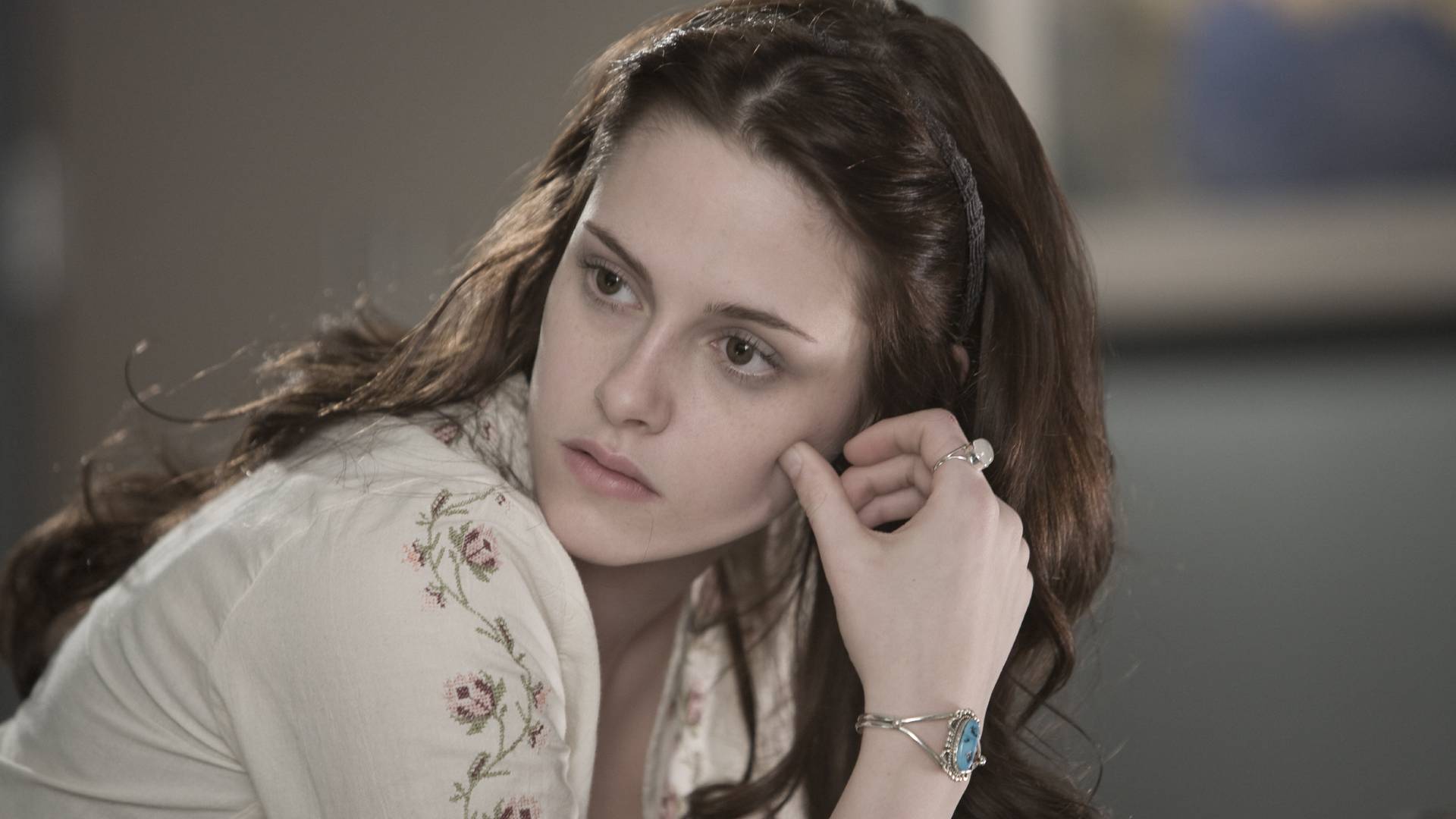
Eventually, Hardwicke cast Pattinson, then best known for his brief role as doomed wizard Cedric Diggory in Harry Potter and the Goblet of Fire – and fans quickly made their thoughts known. "People found photos of him coming out of a pub in London and not looking great," recalls Hardwicke. "In their minds, they just couldn’t believe he was going to be Edward. People were freaking out online."
Things came to a head when Pattinson approached Hardwicke with some particularly unflattering photos of himself that fans had shared on Twilight forums. "I said to Rob: 'Why are you even looking at this?' He goes, 'My mum sent it to me!'" Thankfully, his director had a plan: "I said, 'We’ll give you a makeover, do your hair and everything – then we’ll put out a photo.' We did that and, of course, people went nuts. They loved him."
To pack her adaptation with the emotional punch it required, Hardwicke fell back on the intimate filmmaking techniques she had used to give her hard-hitting debut Thirteen its edge. "We gave the scenes where they were falling in love more time because that’s what everybody cared about." She even made a detailed chart that chronicled every stolen glance, touch, and nuance of Edward and Bella’s burgeoning relationship: "I made sure it was like a painful tease," says Hardwicke. "I wanted to make sure their physical contact was very carefully calibrated."
She even found a way to use that once-restrictive digital fanbase to her advantage. "The fans could be used as ammo," reasons Hardwicke, explaining how their comments helped to convince the studio to film a key romance sequence. "We didn’t have time to shoot the meadow scene. It was an important one in the book so I fought for it. I said: 'Look how many people love this scene. We have to get it right.' They gave me an extra half day."
Stars aligned
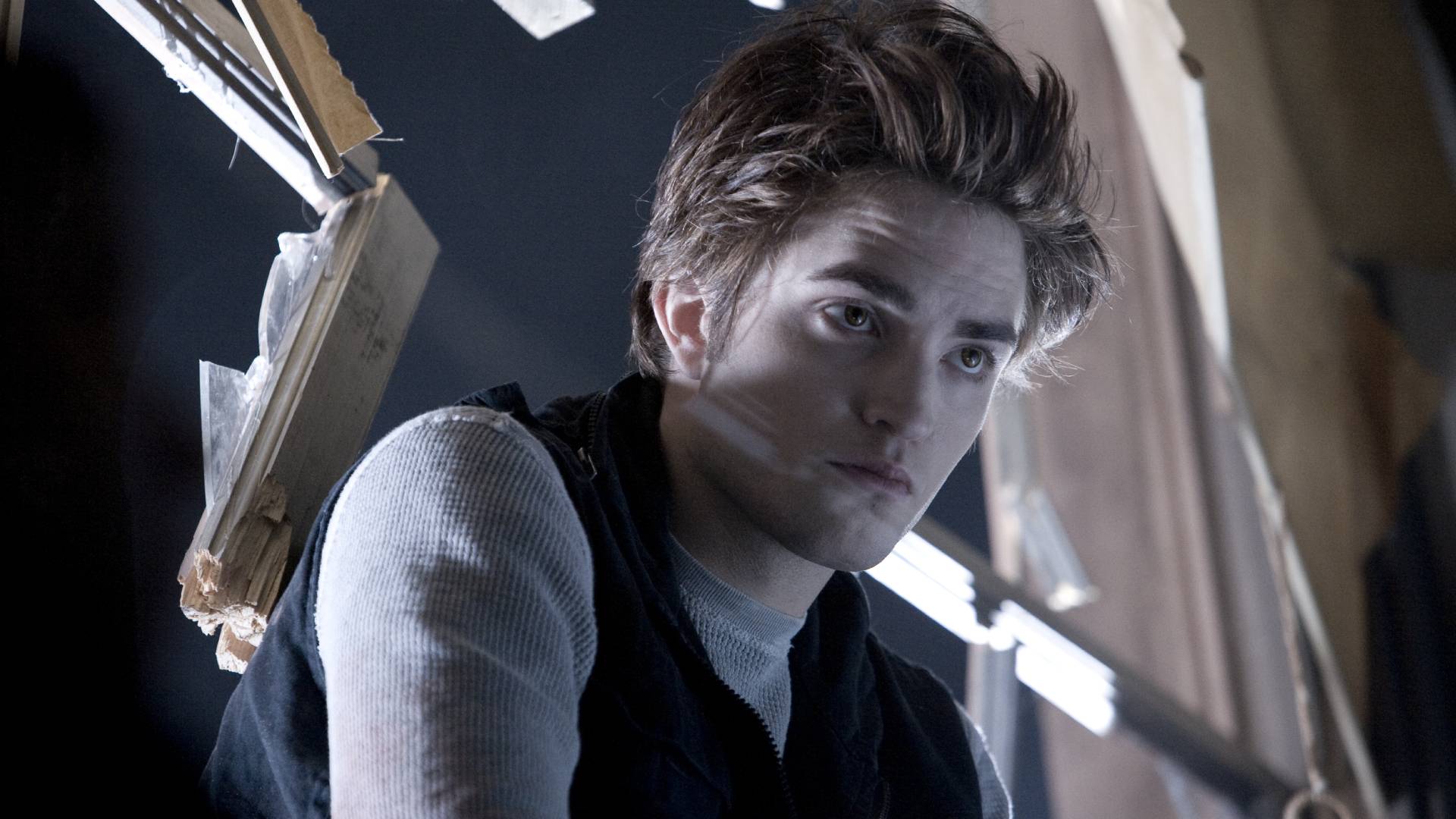
Hardwicke’s dedication paid off. When Twilight debuted on 21 November 2008, studio bosses told the director if it made anything above $30m, it’d be considered a success. "We made $69m opening weekend," smiles Hardwicke. "It was shocking. You could never have expected what happened next."
From its humble $37m budget, Twilight bagged a worldwide box office haul of $408m, kick-started a franchise, and transformed its then-little-known actors into worldwide stars overnight. "We really understood its impact when we got to the Rome Film Festival. We went to a bookstore for a signing and got mobbed. We thought we were going to be killed because we didn’t have any bodyguards. Fans crushed us and we had to leave," says Hardwicke of the chaos their quick success wrought. "It was nuts. We suddenly realized that this thing had gone to another level. After that, Rob and Kristen had to have bodyguards."
Twilight’s success meant Hardwicke was a record-breaker as the female director with the highest opening weekend ever, a title that was only recently toppled by Patty Jenkins’ Wonder Woman in 2017 and this year’s Barbie by Greta Gerwig. Despite this coup, neither she nor any other female filmmaker was ever asked to helm any of the series’ four sequels.
"Obviously, things have gotten much better," says Hardwicke, commenting on how Hollywood has changed in the past 15 years. "There are so many more movies directed by women. We still have work to do – but I’m sure they could never have gotten away with not hiring any female directors for the other Twilight movies or The Hunger Games films in this climate."
As for Twilight’s lasting legacy, Hardwicke is quick to admit that the stars aligned to make her foray into fantasy a game-changer. "There was so much organic stuff in Twilight – from us making the effort to keep a sense of place with no sunlight in the locations and beautiful misty forests, to Rob and Kristen really being alive, intense, and putting themselves right there into it," she smiles. "Somehow, the magic came together."
This feature appears in The Bikeriders issue of Total Film, which is available to buy now.








